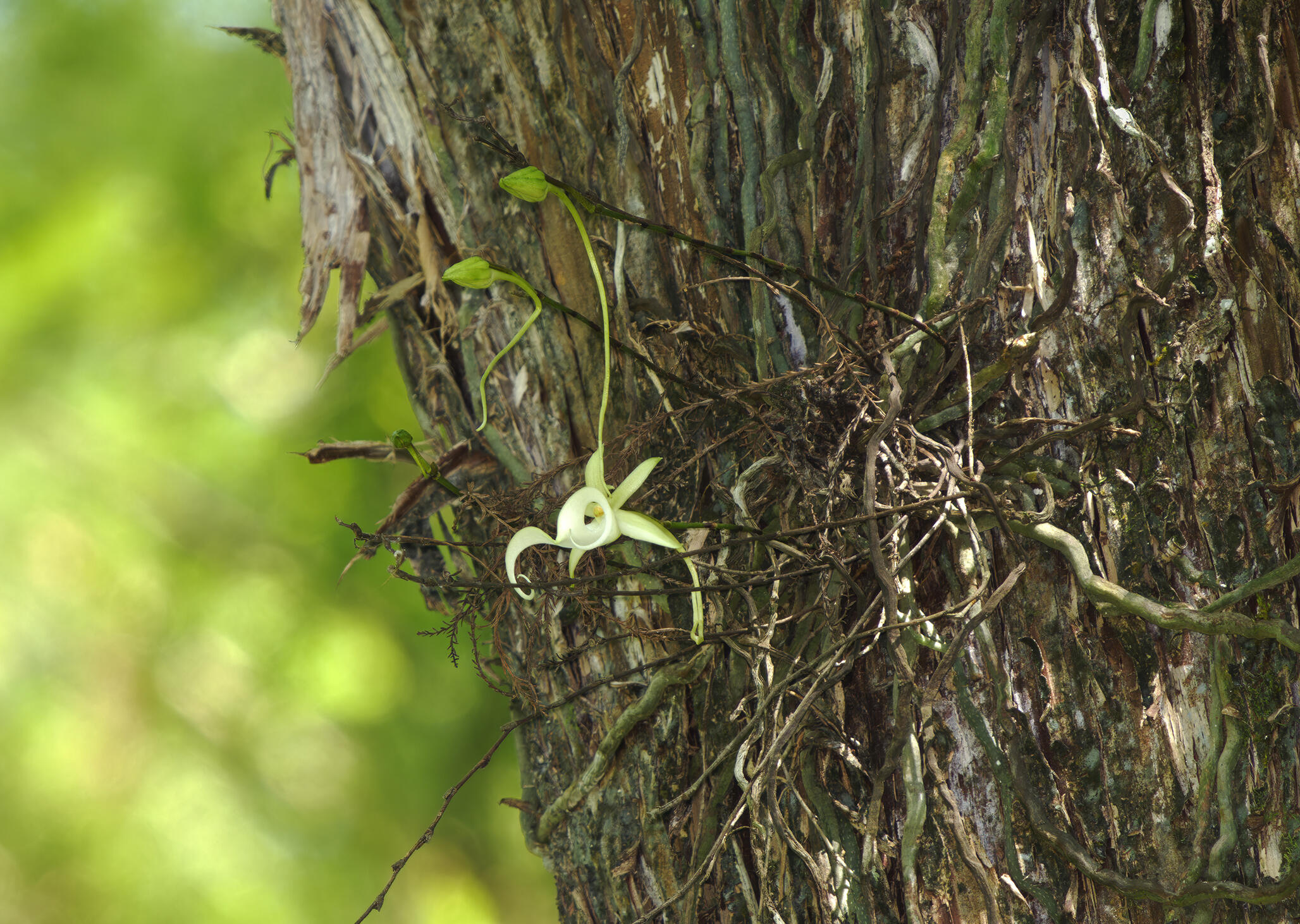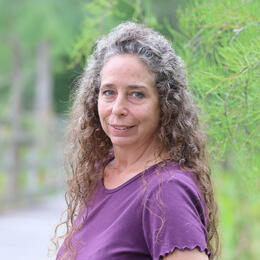NAPLES, FL -- The “Super” ghost orchid at Audubon’s Corkscrew Swamp Sanctuary is now blooming. Ghost orchids (Dendrophylax lindenii) are rare flowering plants that rely on extremely sensitive, wetland habitats, and are only known to live in South Florida and Cuba.
"This amazing plant, which relies on the unique microclimate found only in swamps like Corkscrew, has been a gift to the scientific community," says Keith Laakkonen, Sanctuary Director. "Discovering the true pollinator of these special orchids was a testament to the value of research partnerships and the importance of protecting natural ecosystems.”
The “Super” ghost orchid, one of several on record at the Sanctuary, was discovered in July 2007. It typically returns to the spotlight each summer, although it has had blooms at other times of the year. As the largest ghost orchid ever discovered, its blossoms draw international attention.
Ghost orchids are “epiphytes,” or plants that cling to the surface of certain species of tree trunks and limbs. They receive all their food and water through the atmosphere or from the surface of their host tree but do no harm to their host. Ghost orchids have no actual leaves and throughout much of the year, the plants are barely visible. Once the blossoms drop off, only their roots remain. As soon as summer rains and humidity return to the forest, ghost orchids spring to life, producing multiple spikes, buds, and blossoms. Most of the blooms occur between June and October.
The specific climate and ecology of Corkscrew Swamp Sanctuary make the growth of this rare orchid possible. Ghost orchids only grow in sub-tropical wetlands and are most common in remote swamps, where they are only easily seen when blooming. Threats to the orchids include poaching, loss and/or degradation of habitat, and climate change. Over the past several decades, human activities have significantly reduced the quantity and quality of wetland habitats across Florida. The future of ghost orchids depends on vigilant habitat protection, protecting pollinators, and respecting and admiring this captivating species from a distance.
The “Super” ghost orchid at Corkscrew Swamp Sanctuary is located about 70 feet off the ground on a bald cypress tree roughly 100 feet off the boardwalk. To see the blooms, orchid enthusiasts are encouraged to bring a spotting scope or binoculars, and a recommended lens length of 600 mm to get a good photograph. Online tickets are recommended to visit Corkscrew Swamp Sanctuary to see the orchid at corkscrew.audubon.org/visit. The boardwalk is open daily from 8 a.m. to 3 p.m. with the last admission at 1 p.m.






